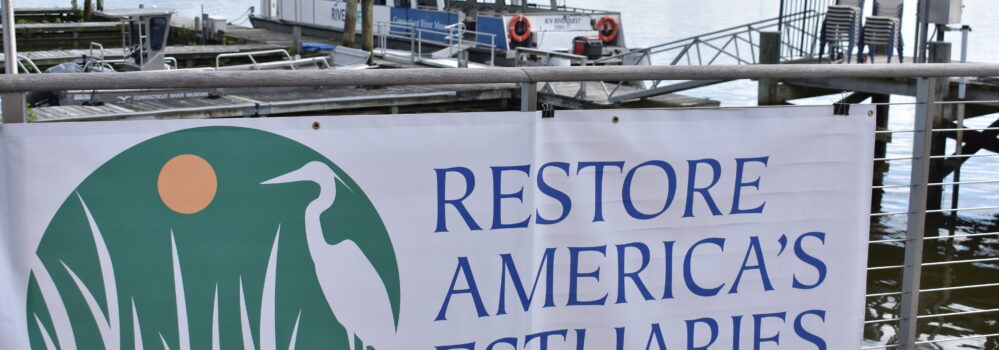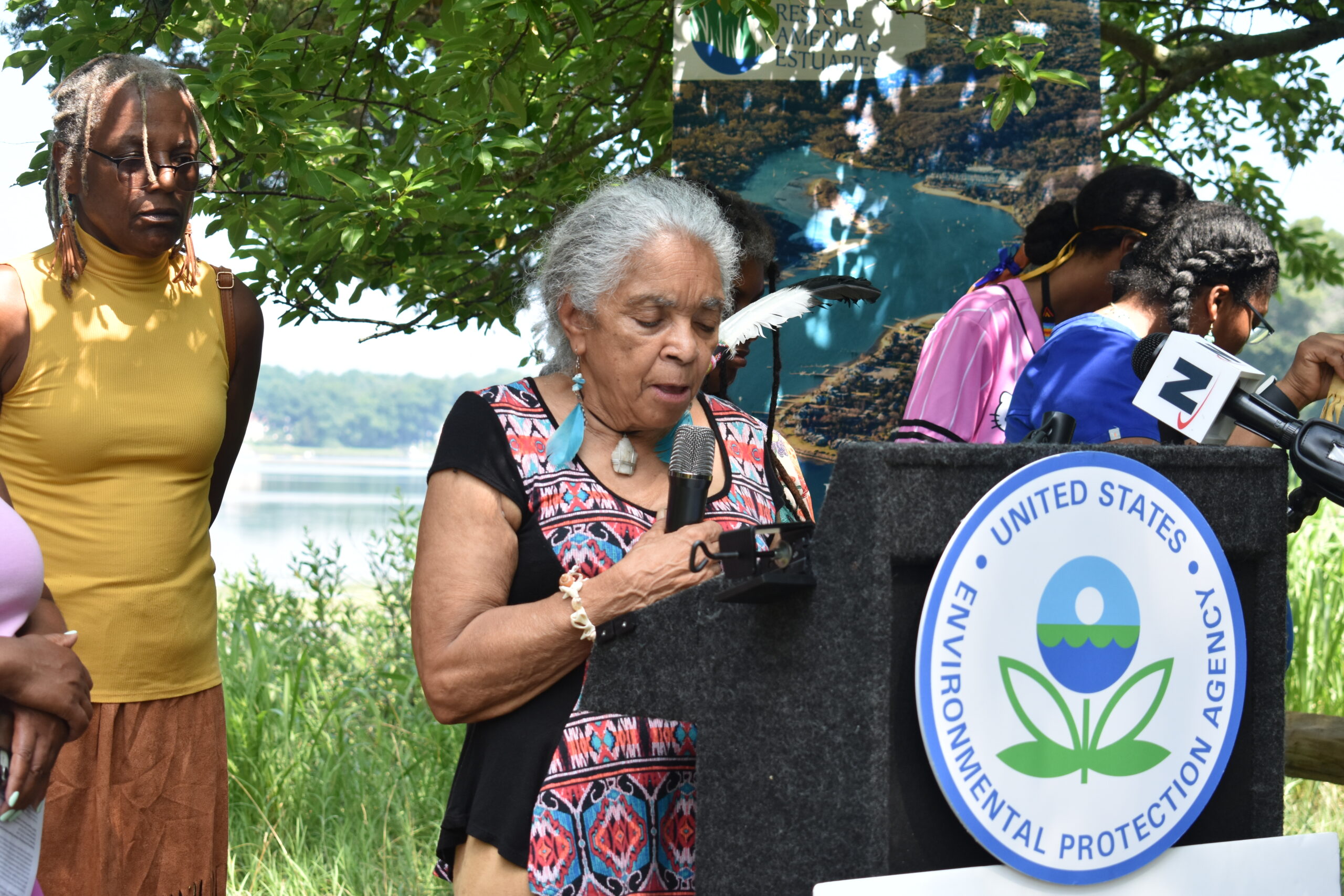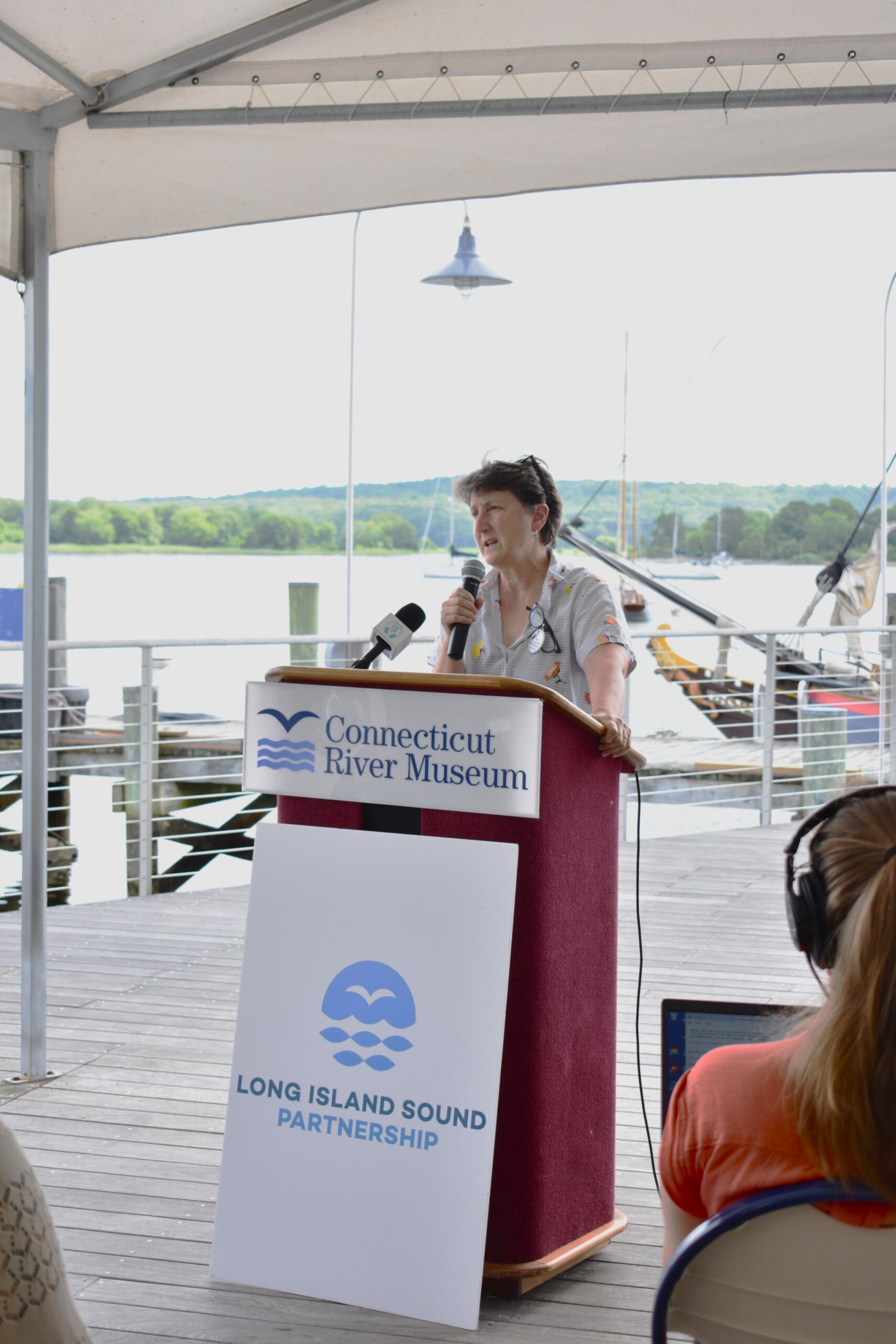
Connecting People and Water: Long Island Sound Communities in Action
Restore America’s Estuaries (RAE) was pleased to gather in New York and Connecticut to celebrate the 2025 award recipients for the Long Island Sound Community Impact Fund (LISCIF), a collaborative grant program with the U.S. Environmental Protection Agency (EPA) and Long Island Sound Partnership, formerly known as the Long Island Sound Study (LISS).
This year’s 16 awardees represent a variety of community organizations throughout the Long Island Sound watershed, several of whom are receiving their first federal grant. They were chosen based not only on their proposals to restore their local waterways, but also to connect underserved populations to the natural resources in their backyards – bridging historic gaps in access.
 The Setalcott Nation, an Indigenous community with ancestral ties to the Town of Brookhaven, received their first federal grant to expand its environmental stewardship efforts at Conscience Bay in Setauket and in the Village of Poquott. Their proposal to restore native plants to Conscience Bay, establish a community garden, and create signage detailing the history of the Setalcott and Conscience Bay aligns with the Long Island Sound Community Impact Fund’s goals of connecting communities to their water.
The Setalcott Nation, an Indigenous community with ancestral ties to the Town of Brookhaven, received their first federal grant to expand its environmental stewardship efforts at Conscience Bay in Setauket and in the Village of Poquott. Their proposal to restore native plants to Conscience Bay, establish a community garden, and create signage detailing the history of the Setalcott and Conscience Bay aligns with the Long Island Sound Community Impact Fund’s goals of connecting communities to their water.
Another first-time federal grant recipient, the Alliance for the Mystic River Watershed, pointed to the program design and guidance provided by the RAE team – Shahela Begum, Undria Polley, and Kellie Martie – as a contributing factor to their decision to apply.
 “The experience of working with RAE made this federal grant process completely different from every other one that we’ve been involved in. We never would have applied for a federal grant if it weren’t for RAE and Shahela,” said Maggie Favretti, Director of the Alliance for the Mystic River Watershed.
“The experience of working with RAE made this federal grant process completely different from every other one that we’ve been involved in. We never would have applied for a federal grant if it weren’t for RAE and Shahela,” said Maggie Favretti, Director of the Alliance for the Mystic River Watershed.
The Alliance for the Mystic River Watershed engages in community, youth, and tribal led efforts to improve the health of the Mystic River in Connecticut through regenerative solutions like sustainable design, policy change, and land care. Their grant to establish a Center for Indigenous, Regenerative, and Community Learning (CIRCL) in Southeast Connecticut would allow them to improve the health of the Mystic River while educating the community in regenerative-built environmental design, green infrastructure, nature-based solutions, and other forms of land-based design in alignment Tribal cultural values and knowledge systems.
Restore America’s Estuaries is proud to administer the Long Island Sound Community Impact Fund and to continue working with our partners to improve the health of the Long Island Sound for generations to come.
